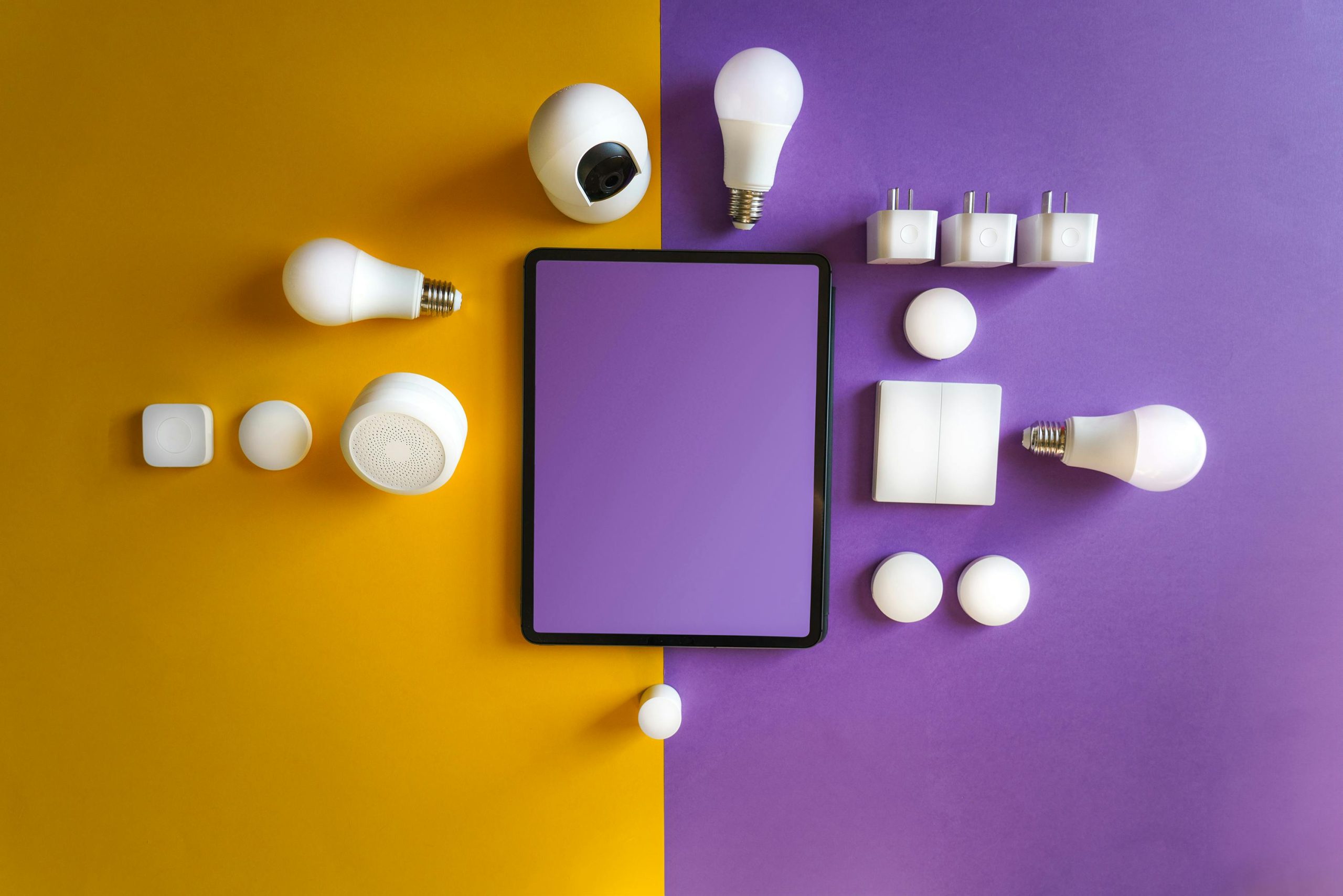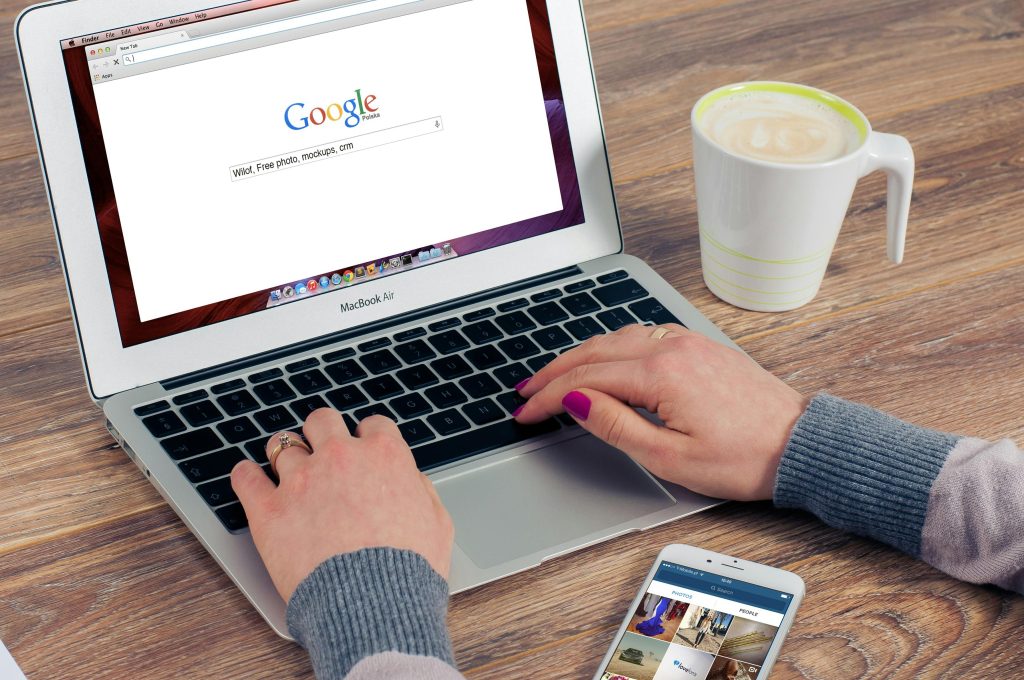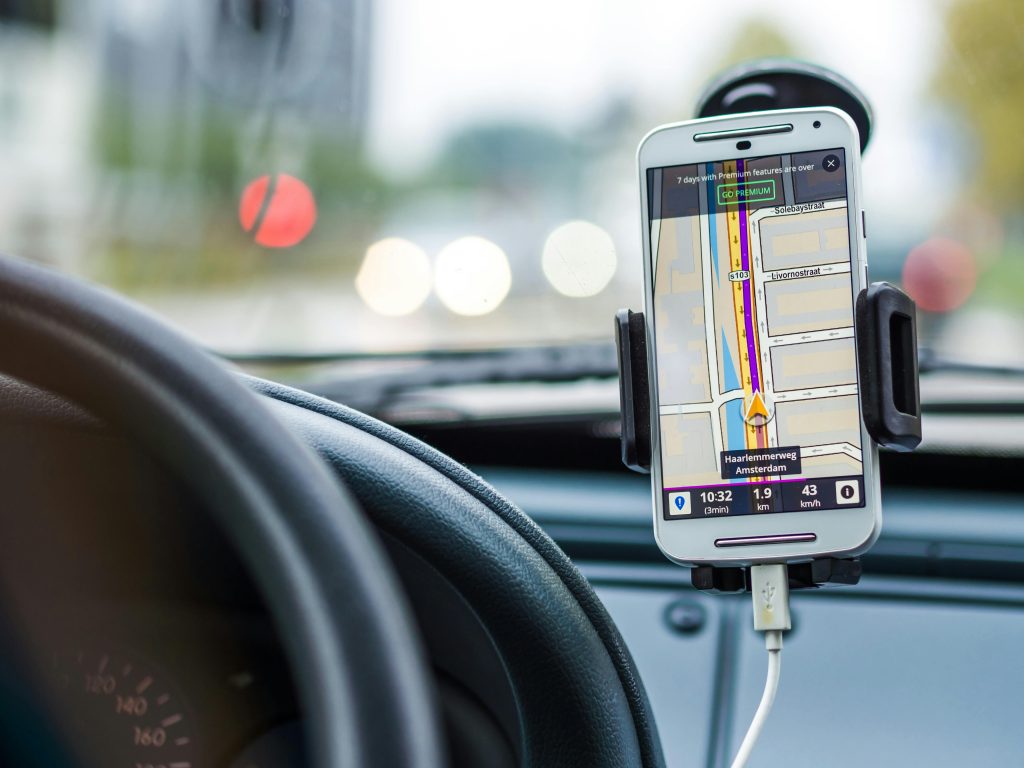Troubleshooting Guide: Resolving Speaker Detection Issues on Windows 10
Are you experiencing issues with your computer not recognizing your speakers despite being properly connected? If your audio setup isn’t functioning as expected, don’t worry—this is a common problem that can often be resolved with a few targeted troubleshooting steps. Below, we’ll explore some effective solutions to help get your sound system up and running smoothly.
Common Scenario
Many users find themselves in a frustrating situation where their speakers are physically connected and appear to be functioning (e.g., lights indicating power, audible cues when plugging/unplugging cables), yet the computer refuses to detect them or output sound. This can happen intermittently or persistently, causing confusion and frustration.
Typical Troubleshooting Steps
1. Confirm Physical Connections and Power Status
– Ensure all cables are securely plugged into the correct ports.
– Verify that your speakers are powered on and any ON/OFF indicators are active.
– Test your speakers on another device if possible to rule out hardware failure.
2. Restart Your Computer
– Sometimes, a simple reboot can resolve recognition issues. Perform multiple restarts if needed, especially after making configuration changes.
3. Check Audio Output Settings
– Right-click the speaker icon in the system tray, select “Open Sound settings,” and ensure the correct output device (your speakers) is selected.
– In the “Manage sound devices” section, verify that your speakers are enabled.
4. Reinstall or Update Audio Drivers
– Navigate to the Device Manager (press Windows + X and select Device Manager).
– Locate “Sound, video, and game controllers.”
– Right-click your audio device (e.g., Realtek, Logitech, or generic audio device) and choose “Update driver” or “Uninstall device.”
– Restart your computer to allow Windows to reinstall the drivers automatically.
5. Use the Built-in Troubleshooter
– Open the Windows Settings app, go to “Update & Security” > “Troubleshoot” > “Additional troubleshooters.”
– Select “Playing Audio” and run the troubleshooter to detect and fix issues.
6. Check for Windows Updates
– Keeping your system updated can resolve compatibility issues that hinder device detection.
7. Verify Device and Sound Settings
– Ensure the speakers are not muted and the volume is turned up.
– Disable any sound enhancements that might interfere with normal operation.
Additional Tips
- Test with Different Cables or Ports: Sometimes
Share this content:



